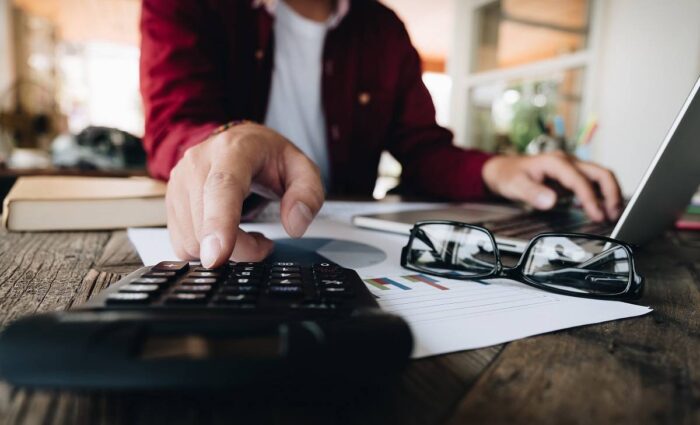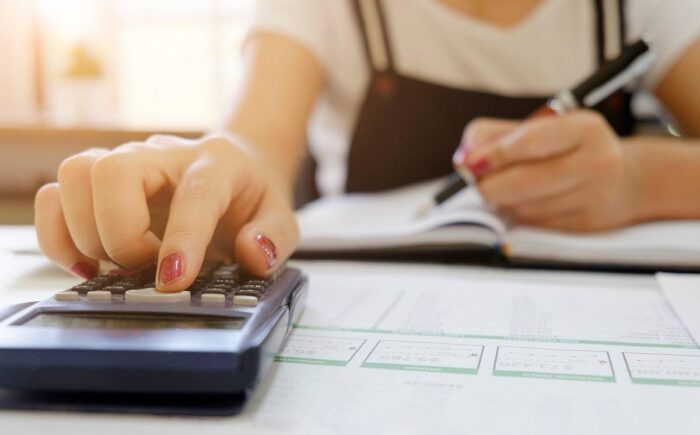Paying for higher education can be daunting for many students, and student loans are often a necessary part of the equation. However, the COVID-19 pandemic has created unprecedented financial challenges, making it even more difficult for borrowers to repay their loans.
In response, the Department of Education has also announced that it will pause loan payments and collect 0% interest rates on eligible federal student loans. The pause is extended until the department can re-implement the debt relief program.
As a result, students who made payments during the moratorium are eligible for refunds. This blog explores what you need to know about the student loan payment refund.
Overview Of Student Loan Payment Refund
Since March 13, 2020, payments for federal loans are on pause and will not incur any interest. This is known as administrative forbearance. Last August 24, 2022, President Biden announced a debt relief program to cancel up to $20,000 of student loans.
If you have a $10,000 student loan and made $2,000 in loan payments during the forbearance period, you’d be eligible for a $2,000 student loan payment refund. In most cases, the refund is automatic, especially if your loan is eligible for the Biden student loan forgiveness program, but there are times when you have to apply for it.
The refund is available until June 30, 2023, or 60 days after the Department of Education resumes its debt forgiveness program.
Who Qualifies For Student Loan Payment Refund
Any student who made loan payments during the forbearance period can request a refund. The government recognizes that the pandemic has brought considerable hardship for many students, and a refund on their student loan payments can be used for other purposes.
Here are the general qualification criteria:
- Made a payment during the suspension period between March 13, 2020, and June 30, 2023
- Has a federal loan, either Direct Subsidized or Direct Unsubsidized
- Has a Department of Education held FFEL loan
There are 9.1 million student loan borrowers between April 2020 and March 2022 where 1.9 million have paid off their debts. You'll get an automatic refund if you’ve paid portions of the loan. However, if you paid off the entire balance, you’ll need to request the refund from your loan service provider.
Types of Student Loans Eligible For Payment Refund

Not all student loan types are eligible for refunds. Refunds are only reserved for specific kinds of loans, and it’s best to ask your loan provider if you qualify.
Federal Student Loans
All types of federal student loans are eligible for payment refunds. This includes Direct Subsidized, Direct Unsubsidized, and Direct Plus loans. All Department of Education-held FFEL loans are also eligible.
According to the CARES Act, if you are repaying your federal student loans from March 13, 2020 onwards, you can pause your payments and won’t be penalized with higher interest rates. For those who’ve made payments, you can get refunds automatically or make a request.
This is the government’s way of helping struggling students cope with the financial burdens brought by the pandemic.
Private Student Loans
Private loans are not eligible for refunds or student debt forgiveness announced by the Department of Education. This includes commercially held FFEL loans.
In general, private student loans may offer fewer repayment options and borrower protections than federal student loans, and may not have the same refund policies for borrowers who face financial challenges in paying their loans, drop out of school, or reduce their enrollment.
Private lenders may offer their own repayment options, including deferment, forbearance, or income-driven repayment. Still, these may not be as flexible or generous as the options available for federal loans.
If you took out a private student loan and believe you need a refund, you can get in touch with your loan service provider to make a request.
Program-Specific Loans
Depending on the program, there’s a high chance your loan is not qualified for a student loan payment refund. If you have a program-specific loan and you are considering dropping out or reducing your enrollment, it's important to check with your lender or loan servicer to understand the specific policies and procedures for refunding your loan.
Additionally, you may want to consult with a financial aid advisor at your school to better understand the implications of dropping out or reducing your enrollment on your financial aid and student loan status.
Defaulted Loans
In general, defaulted loans are not eligible for refunds. When a loan goes into default, it means the borrower has failed to make payments as required by the loan agreement, and the loan servicer may take various actions to collect the debt, such as wage garnishment, tax refund offset, or even legal action.
If you have defaulted on a federal student loan, you may be able to regain eligibility for refunds by rehabilitating the loan or consolidating it into a Direct Consolidation Loan. Rehabilitation involves making consecutive monthly payments on the loan, while consolidation involves combining multiple loans into a single loan with a new repayment plan.
However, even after rehabilitation or consolidation, there may be limitations on the types of refunds that are available. If you have defaulted on a private student loan or program-specific loan, you should check with your lender or loan servicer to understand the specific policies and procedures for refunding the loan.
Keep in mind that private lenders may have different rules and options for borrowers in default than federal loan servicers.
How To Request a Payment Refund
The process for requesting a payment refund on a student loan will depend on your loan type, the lender or loan servicer, and the reason for the refund request. Here are some general steps you can follow:
- Contact your loan servicer responsible for managing your payments and handling requests related to your account. You can find contact information for your loan servicer on the National Student Loan Data System (NSLDS) website or by checking your billing statements or online account.
- Explain the reason for the refund request and provide any documentation that supports your request.
- Follow the servicer's instructions carefully to avoid delays or mistakes in processing your request
- Wait for a response while your loan servicer reviews your account and determines whether you are eligible for a refund. This can take several weeks, depending on the complexity of your request and the volume of requests the servicer is handling.
- Review the refund amount carefully to ensure that the refund is accurate and meets your expectations
It's important to note that not all refund requests are approved, and the refund amount may be subject to fees, interest, or other charges. Additionally, the refund process may differ for private student loans or program-specific loans, so be sure to check with your lender or loan servicer for specific instructions.
For Federal Student Loan Borrowers
According to the Department of Education, most eligible borrowers receive their refunds automatically. But if that’s not the case for you, you can request a payment refund.
To request for a refund, you need to call your loan service provider. You should also have your Social Security number at hand along with your payment confirmation numbers. The refund will arrive as a check so have an address ready where you can receive these refunds.
To find your payment confirmation numbers, visit the account portal of your loan service provider. Go to the Payment History and take note of the unique identification number for each payment made after the pandemic.
Alternatively, you can check your bank transactions. But the payment history portion is the best and most accurate source of this important information.
Once you have all the information, here’s a step-by-step process to request a student loan payment refund.
- Call your loan service provider and give your Social Security number to verify your identity.
- Let them know you’re interested to get a student loan payment refund for payments made during the forbearance period.
- Provide the applicable payments made during the period using their unique identification number.
- Confirm the address you have on file.
- The provider will file the application. Wait for the confirmation number that the provider will give at the end of the call.
It takes six to twelve weeks for the refund checks to arrive but some borrowers report that it takes longer than these estimates.
Requesting a payment refund on a student loan is helpful for those who need to use the funds to pay for other pressing matters such as a credit card debt or an unforeseen circumstances. It is also an option for those who don’t wish to continue with their degree or failed to finish the program where they made the initial loan.
With the impact of the pandemic still felt to this date, every penny you can save counts. Follow the steps above to know if you’re eligible for student loan payment refund. Act quickly because time is ticking.
While exploring the nuances of student loan payment refunds, don't miss out on the opportunities to support educational growth in other vital areas. Visit our latest post to learn about grants available for tutoring low-income students and how they are shaping brighter futures every day. Enhance education, one grant at a time.
Learn about other government grants that can help you pay for your student loans in this blog.






